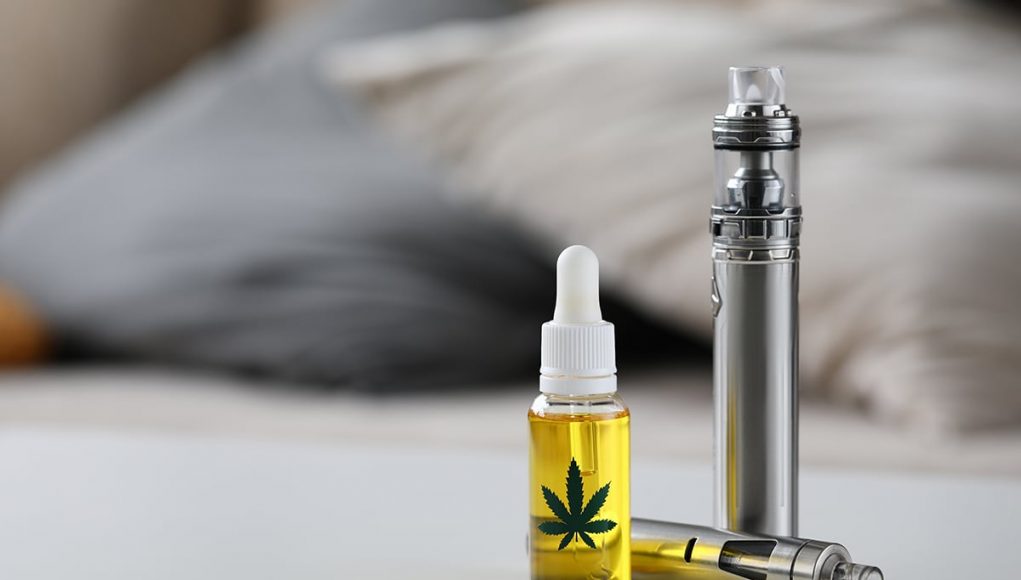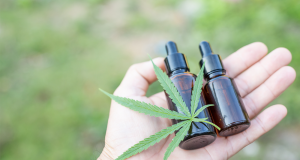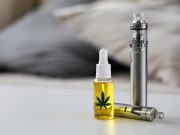Titled, “Evaluation of Self-reported Cannabis Vaping Among US Youth and Young Adults Who Use e-Cigarettes,” the study looked into cannabis vaping. Given that besides their use for vaping nicotine, vapes can also be used to vape cannabis products such as CBD oil, the research team aimed to identify the proportion of current e-cigarette users who vaped cannabis and their patterns of use, characterized by age and other sociodemographic variables.
Analysing data from the PATH Study of a total of 11 356 young adults aged 18 to 24 years and 11 976 adolescents aged 12 to 17, by analysing the categorical responses to the PATH Study survey question, “When you have used an electronic product, how often were you using it to smoke marijuana, marijuana concentrates, marijuana waxes, THC, or hash oils?,” they constructed a binary variable of cannabis vaping based on the answer “never” vs all other responses.
The compiled responses indicated that about 35% of adolescents aged 12 to 14 years, 51% of teens ages 15 to 17 years and 54% of young adults ages 18 to 24 years, reported vaping marijuana. “The prevalence of cannabis vaping among young people who reported current use of e-cigarettes was 35.0% (95% CI, 29.3%-41.2%) in participants aged 12 to 14 years, 51.3% (95% CI, 47.7%-54.9%) in those aged 15 to 17 years, and 54.6% (95% CI, 52.5%-56.7%) in young adults,” reported the researchers. “Our findings suggest that many adolescents and young adults who use e-cigarettes are vaping cannabis,” said study co-author Ruoyan Sun as quoted by UPI.
Patterns of use
Another recent study titled, “Increases in Frequent Vaping of Cannabis Among High School Seniors in the United States, 2018–2019,” found that the rise was even greater in certain subgroups such as students 18 years or older, female students, and those who reported using other drugs within the past year.
“Frequent vaping of cannabis significantly increased from 2.1% to 4.9%, a 131.4% increase. This increase was larger than the increase for any vaping of cannabis (which increased 85.9%). Notable significant increases occurred among students aged ≥18 years (a 154.9% increase), female students (a 183.5% increase), those who go out 4–7 evenings per week (a 163.0% increase), and those reporting past-year non-medical prescription opioid use (a 184.7% increase),” read the study Abstract.
The legalization of marijuana ensures the availability of safer products
Meanwhile, other recent studies discussing the legalization of marijuana, have indicated that regulating the products is beneficial in ensuring access to safe and regulated products. In fact 2020 study published in JAMA Network Open, had indicated that the occurrence of EVALI, the lung infection caused by illicit THC carts, was less common in US States where marijuana products are legal.
“Our results are suggestive that those in recreational marijuana states may be less likely to purchase illegal marijuana products on the black market,” said Dr. Alex Hollingsworth, assistant professor in the O’Neill School of Public and Environmental Affairs at Indiana University and co-author of the JAMA Network Open study.











